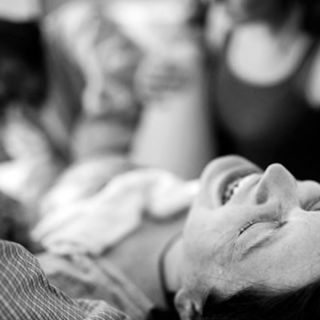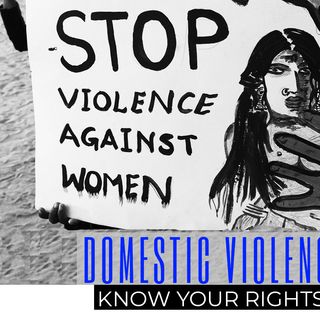
Female Health Experts Lack the Twitter Influence of Their Male Peers, Study Finds
The conclusion is reflective of a larger pattern in research, academia and policy that routinely sees men’s voices elevated over women’s, online and off.

Male experts and researchers in the field of health policy and services enjoy more Twitter clout than female experts and researchers, according to a new study published in JAMA Internal Medicine.
Female health policy and research professionals had, on average, half the number of Twitter followers as their male peers, and their account activity on average generated roughly half the number of likes and retweets as the men’s tweets did, both per tweet and per year. Women were also more likely to follow and be followed by other women, reinforcing the limited reach of individual women at a network level. And the gender gap in influence was widest at the senior-most level of full professor.
The study authors noted they focused on the field of health policy and services because it enjoys a high level of engagement and discourse on Twitter, which provides “opportunities [that] are particularly critical in health policy and health services research, in which dissemination of policy-relevant research and engagement with health care decision-makers impacts academic influence, recognition, and promotion.” While the authors caution against generalizing the findings to other fields, the conclusions speak to a broader gender gap in research, academia, and policy, one that sees men’s voices elevated in greater number and with greater reach than women’s.
The result is, as previous research has found, a lack of diversity in topics discussed and viewpoints featured that overall dilutes or limits the helpfulness of information disseminated.
“Some have hoped that social media would help level the playing field in academic medicine by giving women an accessible and equitable platform on which to present themselves,” the authors write. “However, our findings — that women’s voices on Twitter appeared to be less influential and have less reach than men’s — suggest that these forums may do little to improve gender parity and may instead reinforce disparities.”
Related on The Swaddle:
‘Masculinity Contest Culture’ in Science Disadvantages Women
Women studied had, on average, used Twitter for fewer years than the men. This, along with the fact that the metrics of influence used were, by the authors’ admission, not comprehensive, suggests this is not the final word on any gender gap in the online influence of health policy experts and researchers. Still, the findings reflect a larger discussion in health, medicine and STEM fields around the gender gap in visible expertise. This gap has been called out most notably with websites and hashtags devoted to calling out all-male panels, or #manels.
But the findings of the new study also reflect an aspect that often gets overlooked in examinations of niche social media influence: the fact that online spaces are significantly less safe for women than for men across the board. “Overall, strong arguments can be made that the digital world is often less gender-equal and less gender-safe than the analog world, and this is almost certainly symptomatic of the dearth of women involved in the creation of digital spaces,” concluded a 2019 UNESCO report, titled “I’d Blush if I Could: Closing Gender Divides in Digital Skills Through Education.”
That said, there is hope. In August, The Swaddle reported that The Lancet Group — one of the world’s oldest and most prestigious collection of medical and health journals — committed to equal gender representation in its future panels. If progress can be made offline, it can be made online, too. Indeed, the new study offered a bright spot of hope for the future in its conclusions: “The differences in influence on Twitter were less pronounced among junior researchers, suggesting greater gender parity among younger cohorts,” the authors write.
Liesl Goecker is The Swaddle's managing editor.
Related


WHO Study: 42% of Women Face Physical, Verbal Abuse, Neglect During Childbirth
